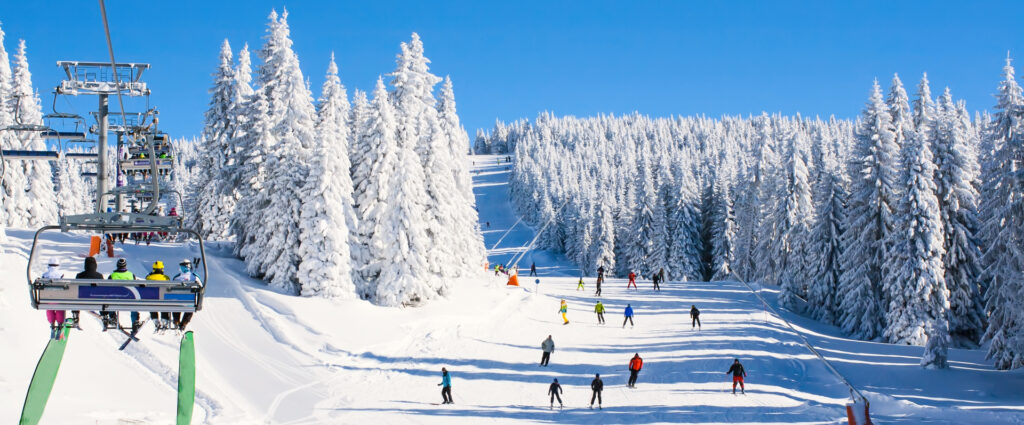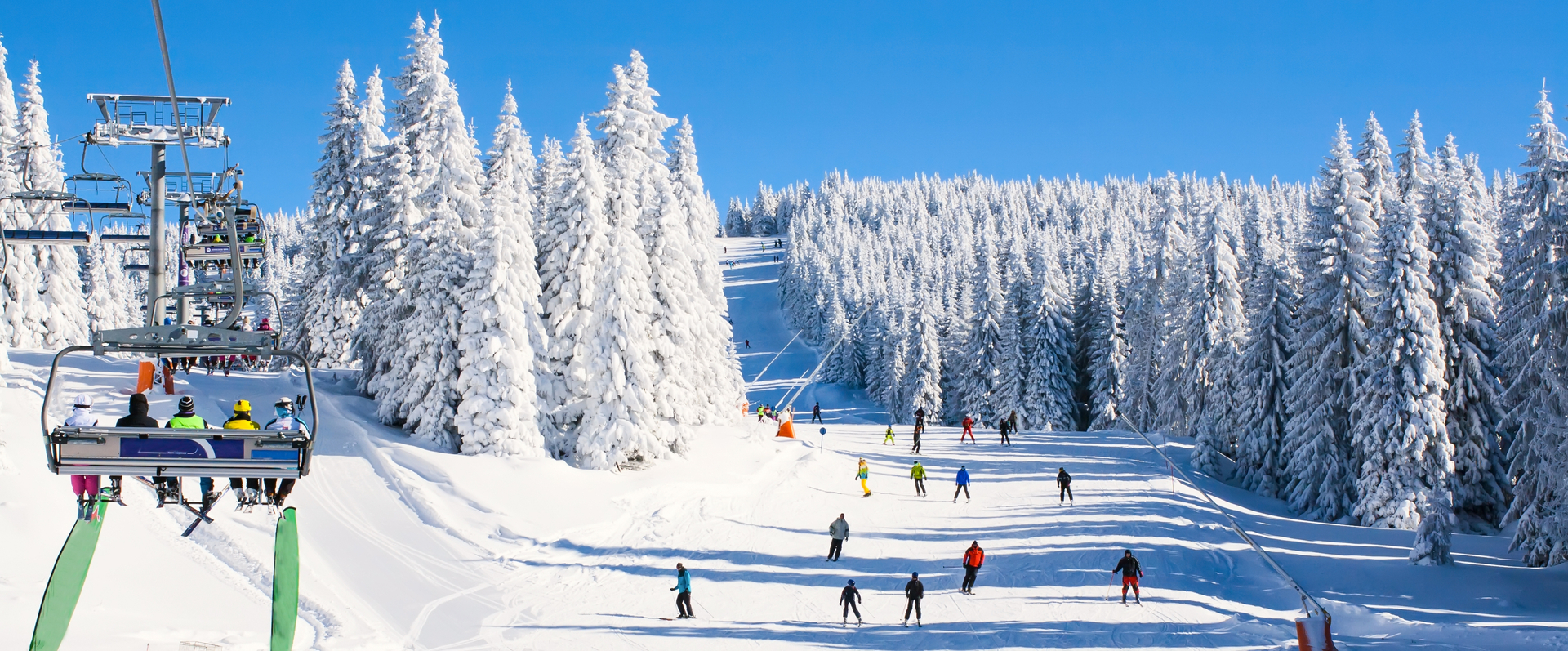 We are all aware of the challenges climate change poses to society and we are surely aware that some sectors are likely to be impacted more strongly by climate change than others. But what about industries that rely on cold weather and wintry conditions? Is their outlook in our warming world as bleak as it would seem?
We are all aware of the challenges climate change poses to society and we are surely aware that some sectors are likely to be impacted more strongly by climate change than others. But what about industries that rely on cold weather and wintry conditions? Is their outlook in our warming world as bleak as it would seem?
This is the question addressed in two EUCP-supported papers by Pierre Spandre of the Université Grenoble Alpes, along with colleagues from France, Spain and Andorra. The team looked at the ski resorts of the French Alps and the Pyrenees, an industry which attracts tens of millions of visitors and supports a large part of the economy in mountain communities.
The two studies, published in Scientific Reports and The Cryosphere, are the first to apply advanced physics-based models of the snowpack, incorporating snow grooming and artificial snowmaking as well as climatic changes, across wide areas at high resolution, on the scale of individual ski resorts. Their findings show a mixed outlook, depending on the timescale and level of warming.
By the middle of the century the snow reliability of ski resorts is projected to have fallen in both the Alps and the Pyrenees, with the elevation of reliable snow often increasing significantly. However, the projected reduction in reliability is small enough to be countered by increased snowmaking. This, though, brings its own problems, as snowmaking requires significant amounts of water, leading to issues around supplying enough water in these mountainous areas to meet the increased demand.
By the end of the century the picture depends on how much the climate will have warmed. With a low level of warming, ski resorts may be in a similar or better position to the middle of the century, with artificial snowmaking allowing them to achieve a similar reliability to today. However, if climate change leads to a high level of warming by 2100 many ski resorts will face significant challenges. 3°C of warming by 2100 would see more than 80% of seasons being snow scarce without artificial snowmaking. Snowmaking would be unable to fully compensate for the drop in reliability over today, while the water demand would become unrealistic. For over 4°C of warming by 2100, plausible under a ‘business as usual’ emissions scenario, no ski resorts would remain naturally reliable in the Pyrenees or the French Alps, with only 24 of the 175 ski resorts in these areas able to remain open with artificial snowmaking, all of them in the Alps.
The researchers arrived at their findings using a specialised snowpack model called Crocus to model the behaviour of snow across ski resorts in the Pyrenees and French Alps. The EURO-CORDEX dataset, consisting of six regional climate models, driven by five global climate models from the CMIP5 project, provided climate projections for the possible future scenarios studied, as well as modelling recent trends with the help of the SAFRAN database of meteorological data.
The findings of this research make the problems the skiing industry could face in the future very clear. Without significant cuts in greenhouse gas emissions, large sections of the industry could become unviable by the end of this century. Even with limited warming, the industry is likely to have to invest heavily in artificial snowmaking equipment to maintain good skiing conditions at many ski resorts across Europe. The unprecedented detail of these studies helps us understand this issue better than ever before, hopefully allowing measures to be put in place to help preserve this important part of the European economy and mountain culture.




 Funded by the European Union under Horizon 2020.
Funded by the European Union under Horizon 2020.